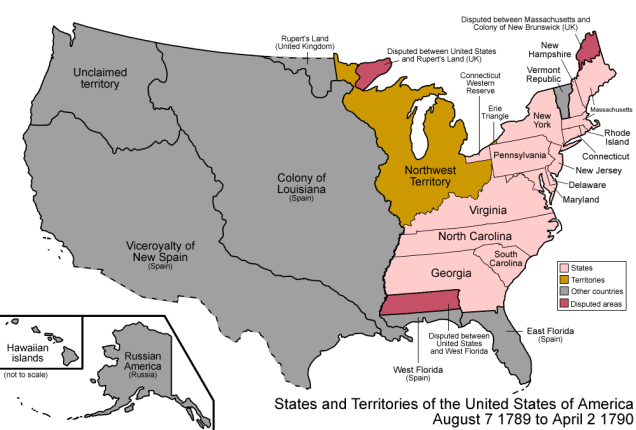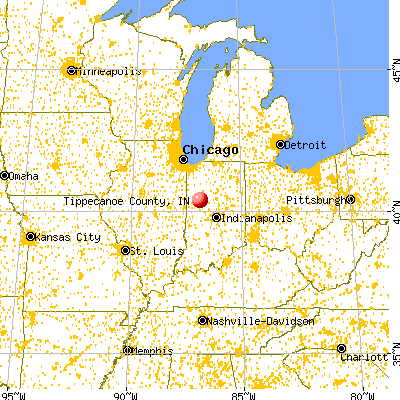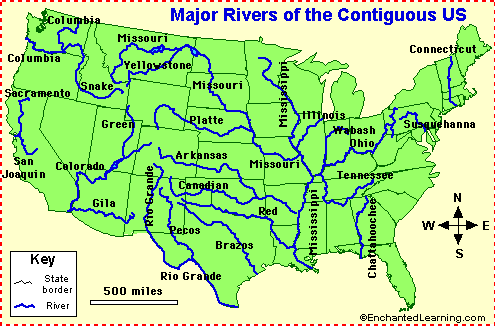P08_The Nation Prepares for its 4th Centennial Era (1954 – Present)
The activity will generally cover the years 1954 through the Present. Of course, there may be a few exceptions that reach to an earlier or later date. Unit08 and Unit09 of the course textbook, as well as additional outside source materials, will offer a skeletal outline with sufficient flesh (pardon the Biology reference) for the period this project will cover.
The 64 years these topics span are squarely within the American Imperium that arose during and after WWII. The nation faces challenges on a global scale given its global presence. While the challenges to US economic and military might are to be expected with a new global responsibility. Challenges have and will materialize that causes all citizens to pause and ponder a question that the Founders undoubtedly debated: What is The United States? Unlike the material aspect of the economy and the military, the question of what ‘We’ are is philosophical. Such a challenge may be the greatest we’ll face in the decades yet to come.
In this project student groups will select and analyze significant challenges of the latter 20th C./ early 21st C. That analysis, shaped by group-level debate, will supply the content for a 35 minute class lesson. The goal is just as much to inform as it is to ignite additional civil debate.
This era in our nation’s history is largely relegated to two branches of our United States History Research Primer. These branches are: The American Imperium and Civics, Society & Us.
Phase I
1. Please open the P08_The Nation Prepares for its 4th Centennial Era mindmap prepared for you by Mr.V.
2. The mindmap contains branches that provide guidance for the completion of the research project. One branch identifies the general topic areas to focus our research investigations. The list of topic areas appears below.
01 Goals of a “Great Society”
02 Civil Rights as Universal Rights
03 Man on the Moon: Tech Challenges & Tech Successes
04 Supreme Court Decisions (relevant today)
05 Abuse of Power and Authority
06 Terrorism
3. Organize your groups.
A. Choose a group leader. That group leader will be given a score reflecting their ability to successfully guide the group to a successful completion of the project. Group leader positions are on a project-by-project basis with everyone serving in that role at least once.
B. Choose a speaker. That speaker will be given a score reflecting their speaking performance during the presentation. Speaker positions are on a project-by-project basis with everyone serving in that role at least once.
C. Setup a communication system so that group members can communicate outside of classroom.
D. Choose how your group will collect, organize, and keep track of data collection by group members. If you decide to use a mindmap, you must share the map with Mr.V (full access). If you decide to use Google, you must create a ‘Team Drive’ and share that with Mr.V (full access). This segment of the project is not normally evaluated since it is a practical application of skills previously taught and practiced. However, under certain conditions, it may impact the group’s grade when a member’s contributions must be assessed for other reasons: Attendance/ tardiness issues, erroneous content presented as facts, etc.
Phase II
1. Begin collecting sources that may be of use in the researching of your assigned topic area. The sources, as before, are to come from the US History Research Primer and any additional source you verify with Mr.V. The History Research Primer: Sources and Guidance is also recommended for use.
2. Avoid the temptation to begin constructing the presentation. You are expected to conduct this phase of your research in-class to permit you the opportunity to ask Mr.V questions when you encounter a difficulty. The construction of the presentation file is primarily an administrative task that can, and should, be done out-of-class. You will have no more than 5 class periods to complete this and the next phase. Any additional time will have to be out-of-class.
Phase III
1. Begin the analysis of your accumulated source documents.
2. The gathering of data has to come to an end or you run the risk of never finishing. The analysis phase requires that you read, listen to (audio source), or view (video source) the content you’ve amassed. Keep the relevant materials and discard what proves to be unhelpful materials.
As you do this, your computer monitor should be split into two windows that allow you to analyze your source and take notes on that source. The notes you create should be available for members of your group to see and comment on in Mindmeister/ Google Drive. It’s important that ‘your’ notes bear ‘your’ name (Mr.V needs to be able to trace the notes to its creator).
You are expected to conduct this phase of your research in-class to permit you the opportunity to ask Mr.V questions when you encounter a difficulty. You will have no more than 5 class periods to complete this and the previous phase. Any additional time will have to be out-of-class.
Phase IV
1. Mr.V will have distributed to all group leaders, by now, a rubric outlining how the project will be evaluated. Use that rubric, and the project mindmap to guide your analysis of the sources.
2. Construct and submit the presentation file and Lesson Plan in accordance with the guidance provided by Mr.V.
3.Mr.V will allow you one opportunity to edit the presentation file after viewing it on the large screen. Submit a new file and updated lesson plan before 7PM on the date posted on the course calendar.
Consider the following as you prepare the presentation:
Be sure to…
-Don’t ignore the feedback received from previous presentations. Repeating an error or omission is worse than committing it the first time.
-Control the balance between ‘text’ and imagery.
-Did you provide content your research was intended to reveal? Was it delivered in a manner that the audience can understand? Does your lesson plan (including activity and quiz) reflect the content presented and delivered?
-Consider the audience: How close will they be to your presentation (projection)? How long will the slide be visible for them to look at and assimilate it’s data?
-Time limit for the presentation.
-Sources properly credited/ cited.
P08_The Nation Prepares for its 4th Centennial Era Presentations
Below are the presentations created by all the research groups for this project session. Take advantage of the hard work your peers put into the research and presentation.
01. Goals of a “Great Society“ (Period 2, Period 9, Period 10)
02. Civil Rights as Universal Rights (Period 2, Period 9, Period 10)
03. Man on the Moon: Tech Challenges & Tech Successes (Period 2, Period 9, Period 10)
04. Supreme Court Decisions (Period 2, Period 9, Period 10)
05. Abuse of Power and Authority(Period 2, Period 9, Period 10)
06. Terrorism (Period 2, Period 9, Period 10)
Administrative Data w/ regards to teacher preparation:
Purpose: To continue the refinement of researching skills and streamlining the creation of research findings. We, in this project, expand beyond the one-way presentation model to incorporate the audience as active participants.
Objective: Produce a classroom lesson (presentation, activity, & assessment) of 30 – 35 minutes in length with the exclusive purpose of educating the audience on a particular curriculum topic by inciting questions, discussion, and debate.
Overall Goal: To actualize the ‘Purpose’ and achieve the ‘Objective’ by addressing the following standards:
-RH.11-12: Cite specific text sources.
-RH.11-12.3: Evaluate various explanations to determine which best conforms to text evidence.
-RH. 11-12.7/9: Evaluate and integrate sources appearing in a variety of formats.
-WHST. 11-12.1: Write arguments on specific content.– Honing Presentation Skills



